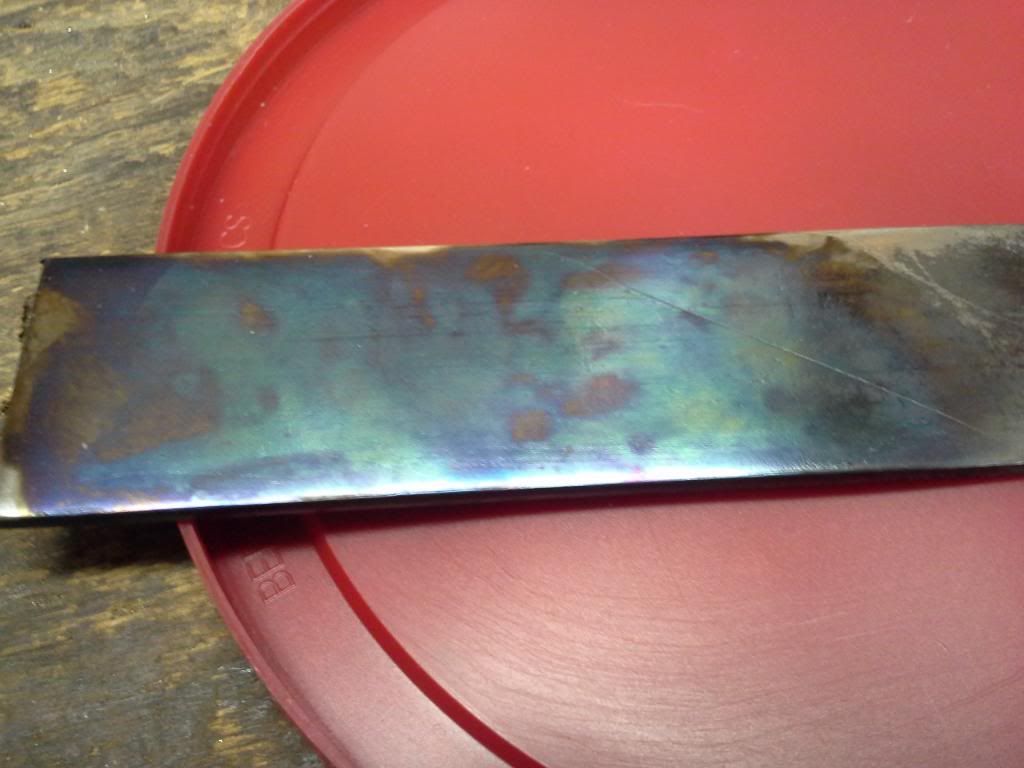One can do it on smaller parts, but I've never done it on a large parts such as a frame. I stumbled across a method, that I sent in to Brownell's, which is in Gunsmith Kinks III, by using a cold blue on parts saturated in alcohol, which did mimic case coloring, and Bob Brownell experimented further with the method. However, it will wear quick, if you don't cover it with a clear poly coating, etc. I used it to replicate the coloring on S&W hammers, etc.
Even though flame coloring is taught, I do not recommend it, as it can set up stresses inside a frame, (HAZ or heat affected zone), and cause it to crack. During case hardening, the entire frame is brought to a high temperature, and the heat is evenly distributed that way. Some frames, like those on some Ithaca doubles, may crack faster by flame coloring, so I would stay away from that method, and I think it ill advised to teach it.
Do a search on this forum, and the bluing/alcohol method should show up, with a quote from the book.

